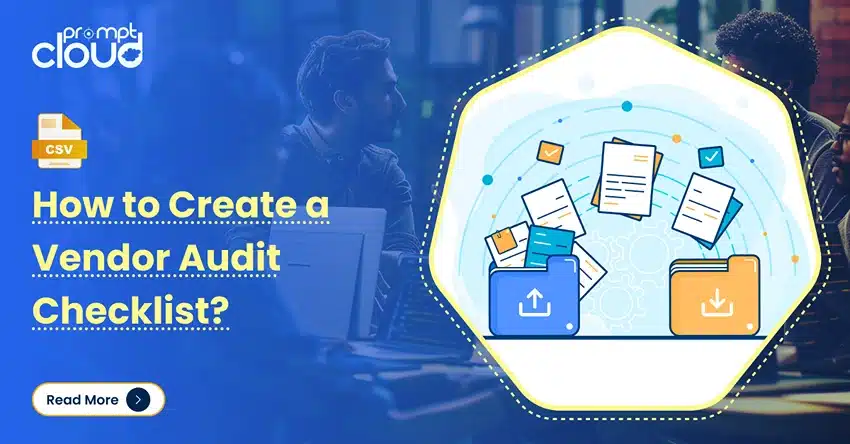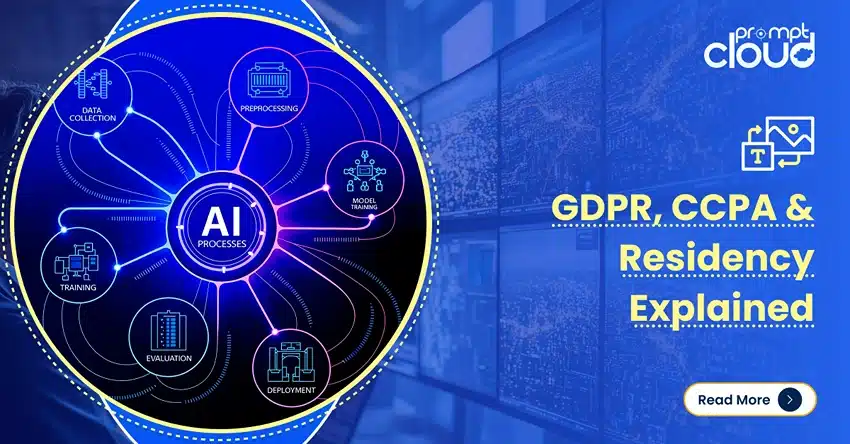
The grocery retail and delivery services have seen a massive growth in multiple regions across the globe. With the advent of Amazon Now, Big Basket and their likes, the grocery eCommerce market has been revolutionizing at a breakthrough speed. With new startups cropping up to cash in on the increasing demand of the industry, the last two to three years have been a good time period for these startups. We saw series of multiple VC fundings, huge order sizes and a healthy market competition. However, with the latest news about Peppertap closing their shutters for good, the grocery retail market has come under a lot of speculation, raising questions about what went wrong with the golden picture painted above. Let us put the live case study of Peppertap under the microscope and see what could have been done better to avoid such circumstances.
The Glorious numbers
From coffee shop pitches to the first of its kind 100% inventory less model, in less than two and half years, the journey of Peppertap was no short of extraordinary. They had over 20,000 average orders on a daily basis, catapulting them to the top three grocery delivery services in India. The mobile first approach was easily adapted across geographies. The local store owners increased their sales by up to 30-40% by registering with the mobile app. The introductory discounts and sale tactics were great and innovative. The numbers were too good to be true.
What went wrong
We cannot pinpoint the downfall of the grocery giant to any one particular reason. There were many things that happened in parallel that were to blame. The integration of local store with the app was not too great. The inventory status was not always correct, thereby leaving some orders being partially fulfilled. In the race to give great discounts for bigger consumer adoption rate, they were losing revenue for every order. And many more such reasons combined together to paint a picture that was not too great. Given such a scenario which is common across all grocery delivery services, only one question arises.
How can Grocery e-Commerce/Delivery services avoid a similar fate?
Contradictory to popular belief that grocery delivery is more operations and marketing than technology, we analyzed and came across a few pointers that could revolutionize the grocery eCommerce business and impact their revenues positively.
-
Product Catalogs:
One of the major issues a lot of grocery eCommerce vendors face today is mining the huge number of product types available across stores and compiling them on one platform. If somehow manually or technologically, they achieve such a feat, the problem arises when a new product is launched or an existing product goes replete. Thus extracting product catalogs becomes a continuous affair, which can be made easier by help of web crawling services.
-
Local store adoption rate:
This is a multi-phase process. Using crawling services, one can easily identify from the shop registration numbers how many retail outlets exist in an area. Then by an additional secondary research, an average amount of purchase order per area per store could be identified. It would hence be easier to identify which stores would be a better addition to the vendor list on the app, thereby making it easier to target the right stores.
-
Product matching:
Another problem many grocery e-Commerce services face is a lack of uniform product catalog across local sores and their inventory records. A lot of companies including Peppertap tried keeping track of local store inventory and uploading it to their app. Instead, if a common product catalog was prepared and matched with the local store inventory, using Product Matching techniques, it would be easier to update inventory records across all outlets. Thereby saving a lot of time and effort.
-
Live crawls:
How many times it has happened with everyone that a particular item was reported out of stock after it was requested and added in the bill amount? This situation could turn to be a dampening point in the customer purchase lifecycle. Solution: Near real time live crawls. Grocery delivery services can choose to crawl their local store inventories upon request in near real time, thereby, making it possible to request an item in the shopping list only if its availability status in the inventory is positive. A lot of cost could be saved on confirming, customer calls and also improve the customer shopping experience.
Though there is no limit to the technological advances one can achieve in their product and service offering with help of web crawling services, the ones mentioned above are a sure shot way to help the grocery delivery businesses pull themselves from the false glorious numbers and get started on the road to long term success.
Do you have more such ideas to help grocery retail services? Comment below to discuss further.




















